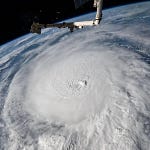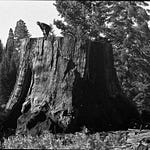
Hey Friends—
Brittleness, as we’ve discussed, is the vulnerability to sudden loss that comes when a system meet conditions that exceed the tolerances for which it was designed. (A levee breaching during a unprecedented flood has proven brittle, as has the town behind that levee.)
The Brittleness Bubble is the overvaluation of places and systems which are both more brittle than generally acknowledged, and not valuable enough to others to secure sufficient resources to protect. (If the levee protecting a town costs more to strengthen for future floods than the town is seen to be worth, that levee most often won’t be built, and the value of the properties and businesses in that town will decline.)
Ruggedization is a term I borrowed from the military. I use it describe the process of turning the need to make systems durable (in the face of unprecedented and often unforeseeable threats) into the opportunity to both increase durability and create more value. It makes the use of resources an investment in new prosperity not just a cost of protecting existing value.
The increased durability protects the system or place. Meanwhile, the combination of protected current value and new value created in the process means not only more local prosperity, but a better ability to borrow money for government services and infrastructure, attract capital for local businesses, insure people’s homes and workplaces, and draw in talented and energetic people. Ruggedization increases access to resources, meaning more capacity to withstand difficult times.
Faced with discontinuity and worsening disasters, more and more people are talking about adaptation. In theory, they discuss the same thing. In practice, adaptation too foten means identifying discrete, predictable threats and offering lowest-cost solutions for increasing tolerance to those threats — often becoming a form of triangulation, in which large future threats are acknowledged, but small, incremental steps as sufficient preparation for now. Adaptation often ends up meaning securing the unsustainable and brittle from change.
Ruggedization strategies seek to maximize transformation. Ruggedization focuses not on bolt-on measures protecting currently brittle systems, but on comprehensively reducing that brittleness, often in ways that protect against multiple dangers (known and unpredictable) at the same time. That can only be done when rapid changes are encouraged, not undermined. So ruggedization is ultimately a question of willingness to embrace the new at the scale demanded to meet climate chaos, ecological disintegration and economic and social upheaval. Ruggedization is fast response.












